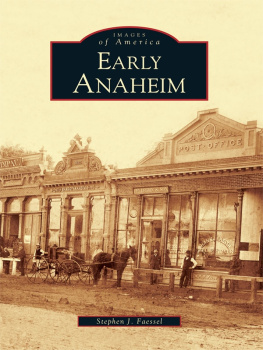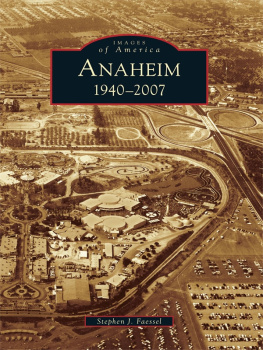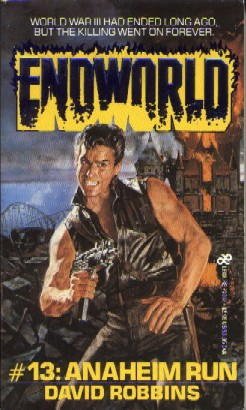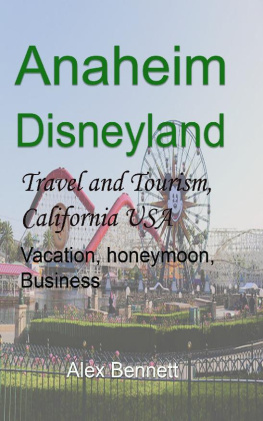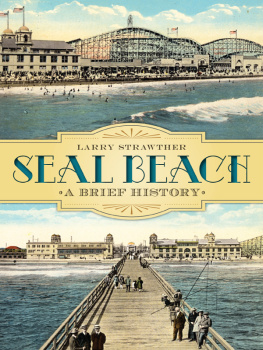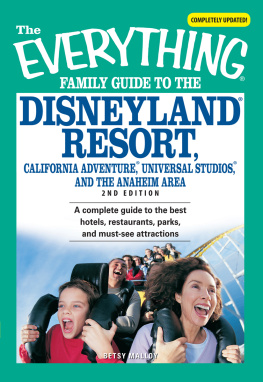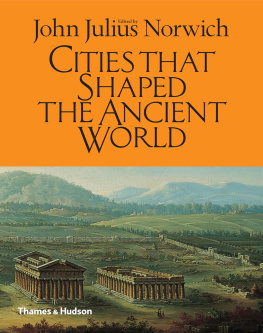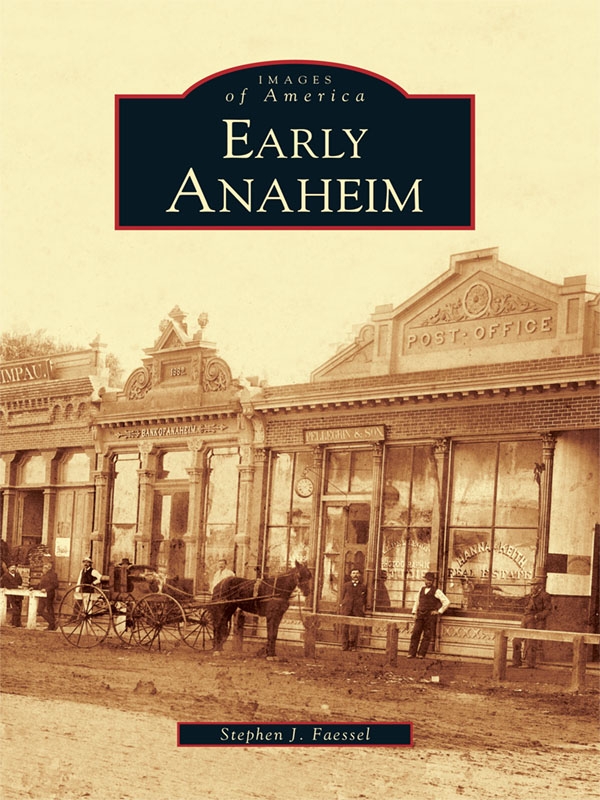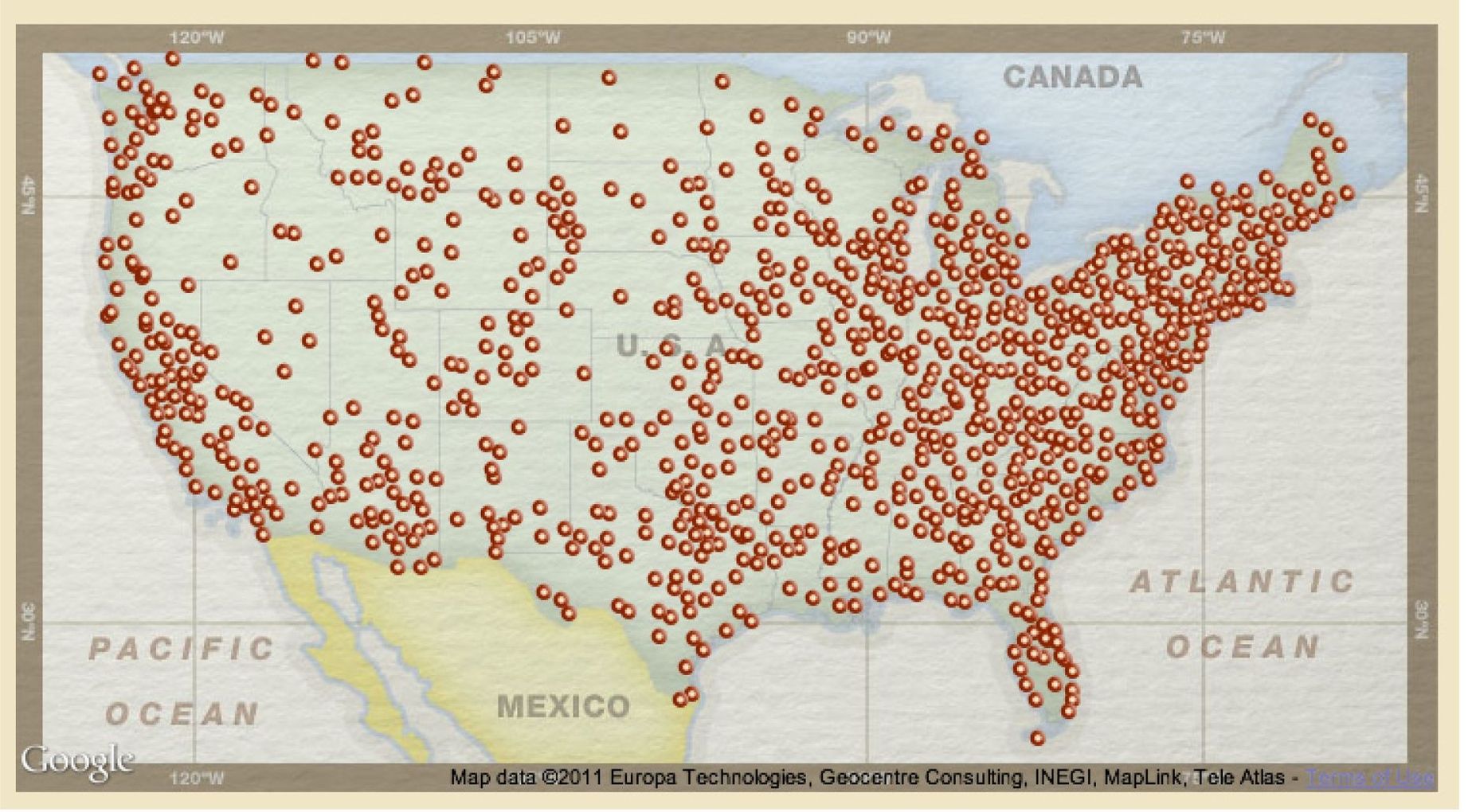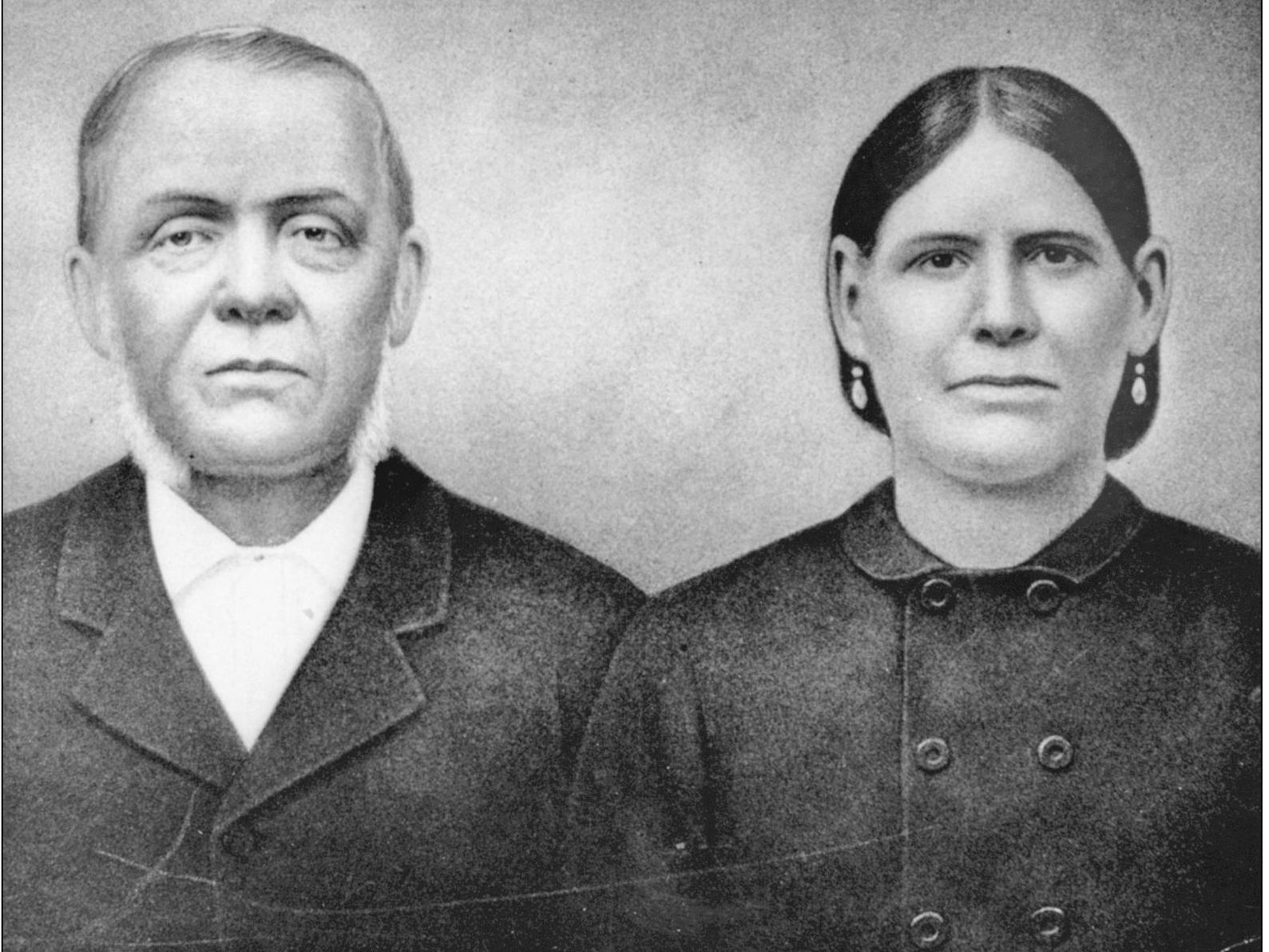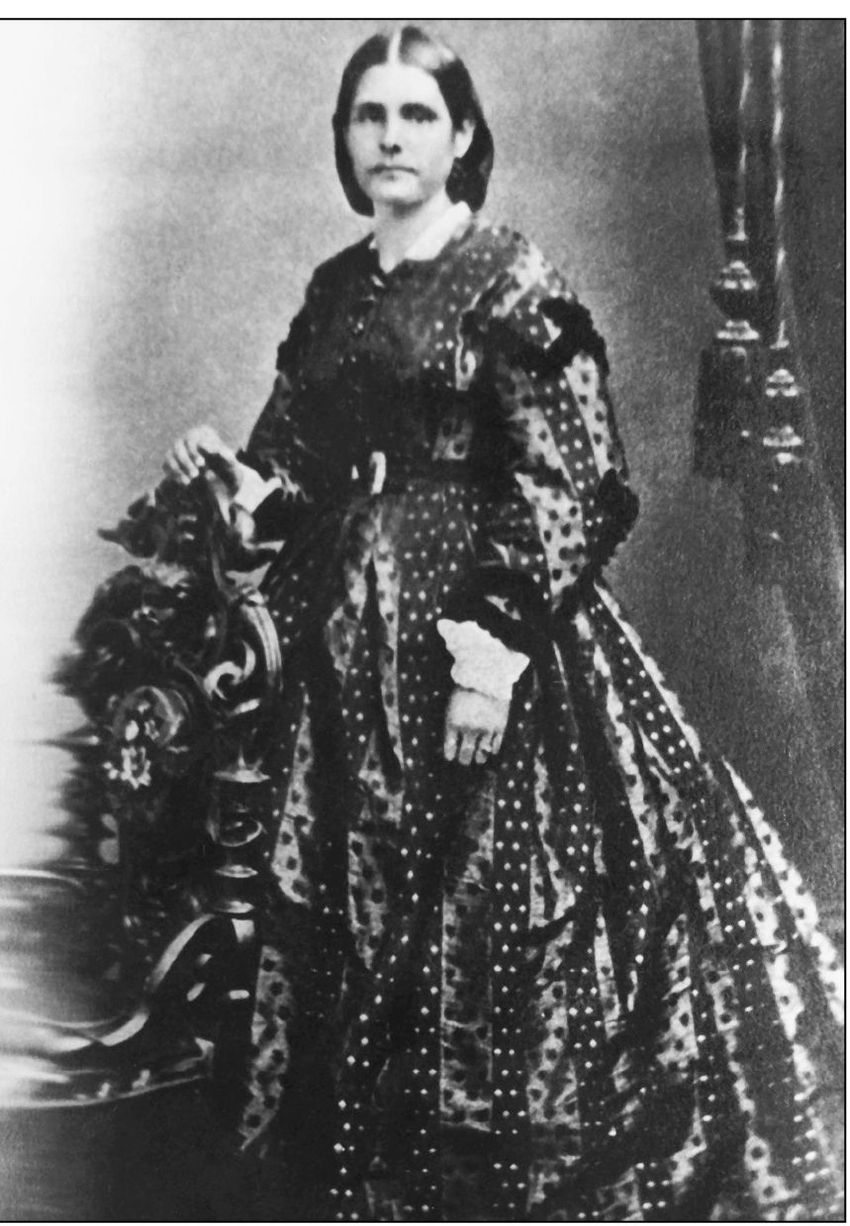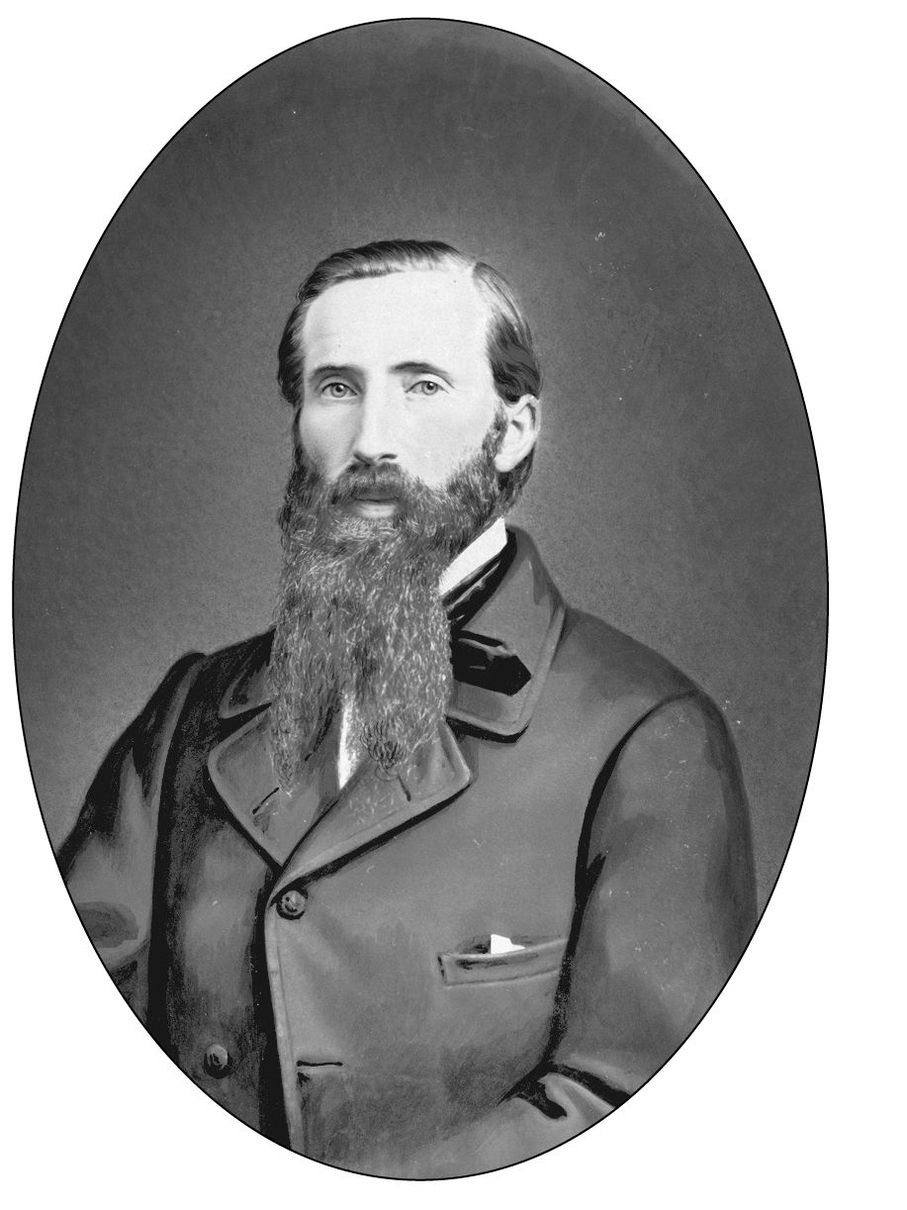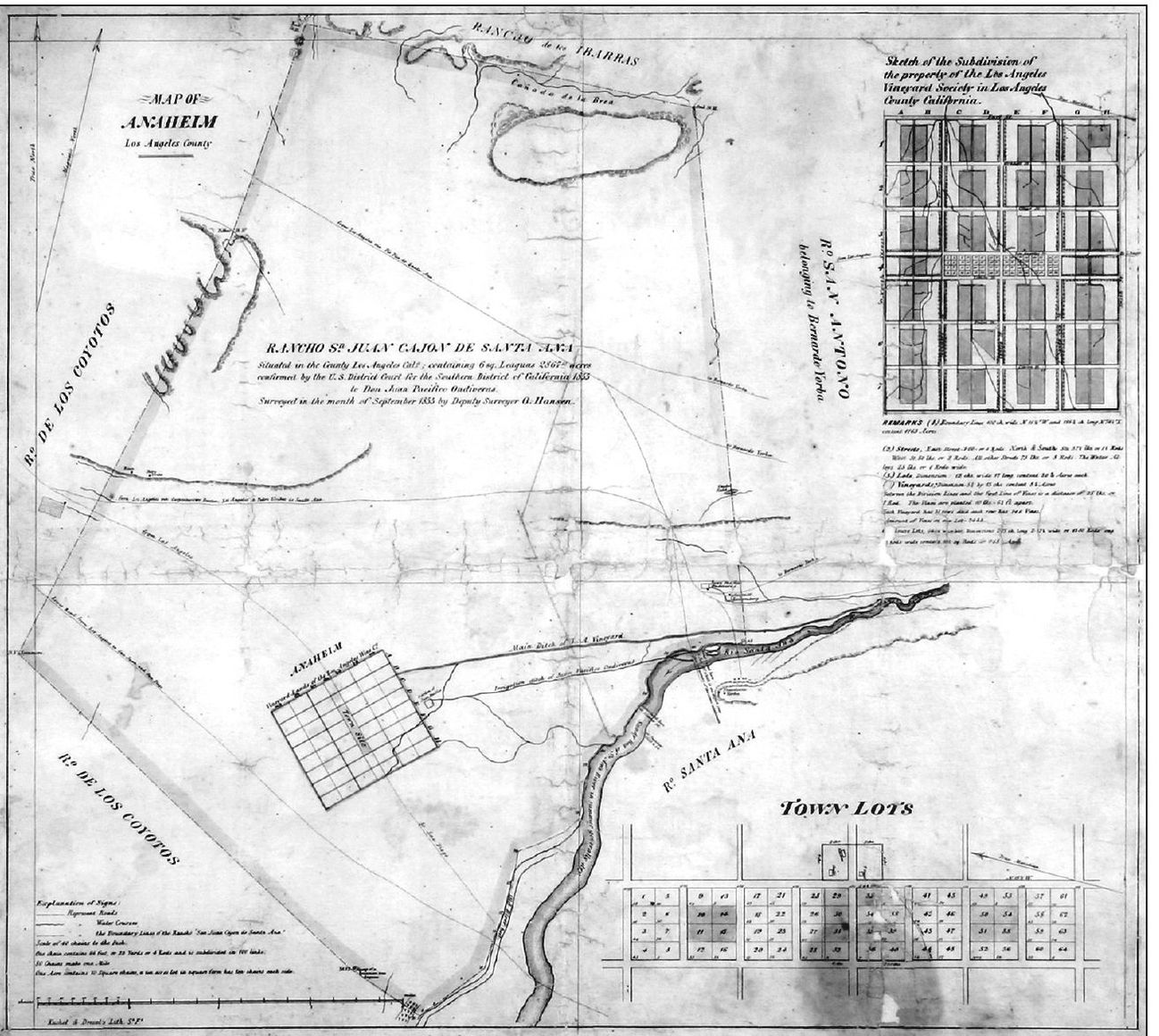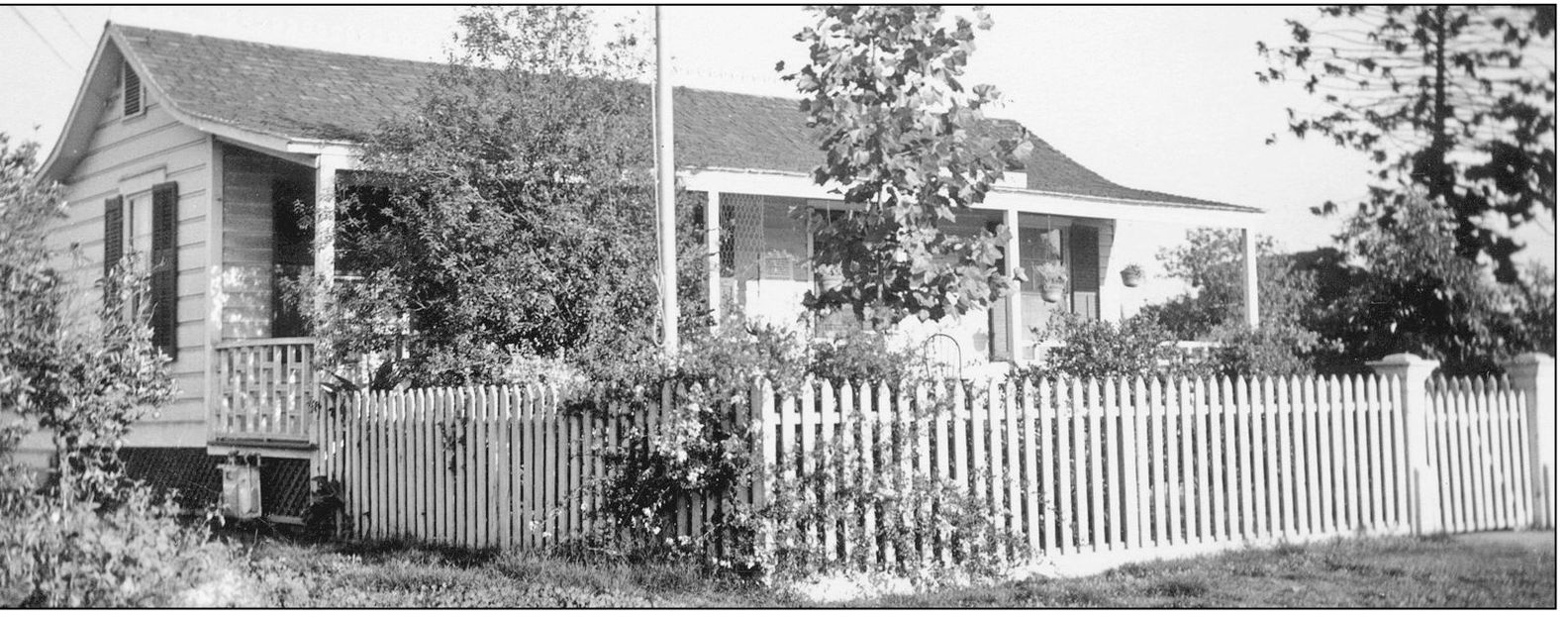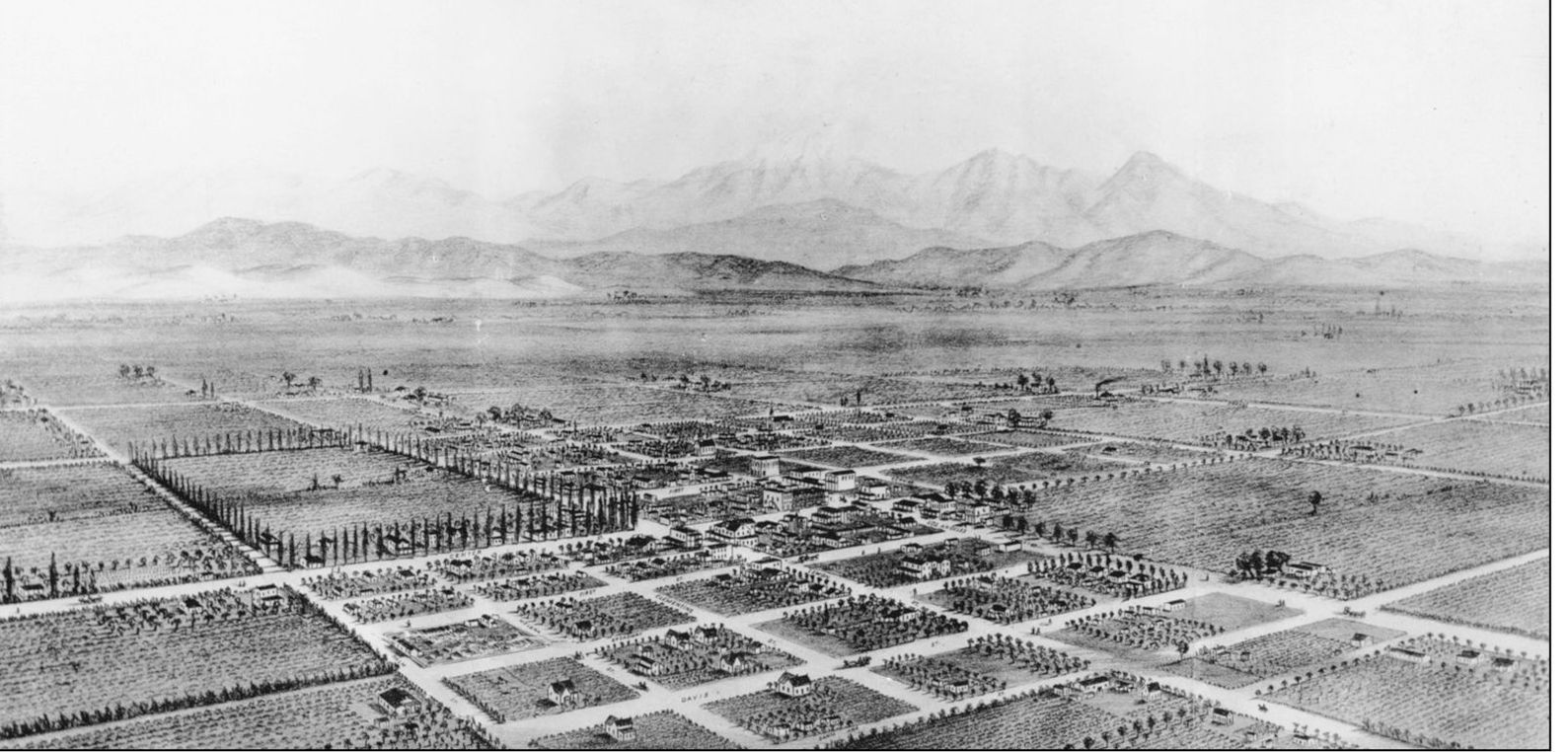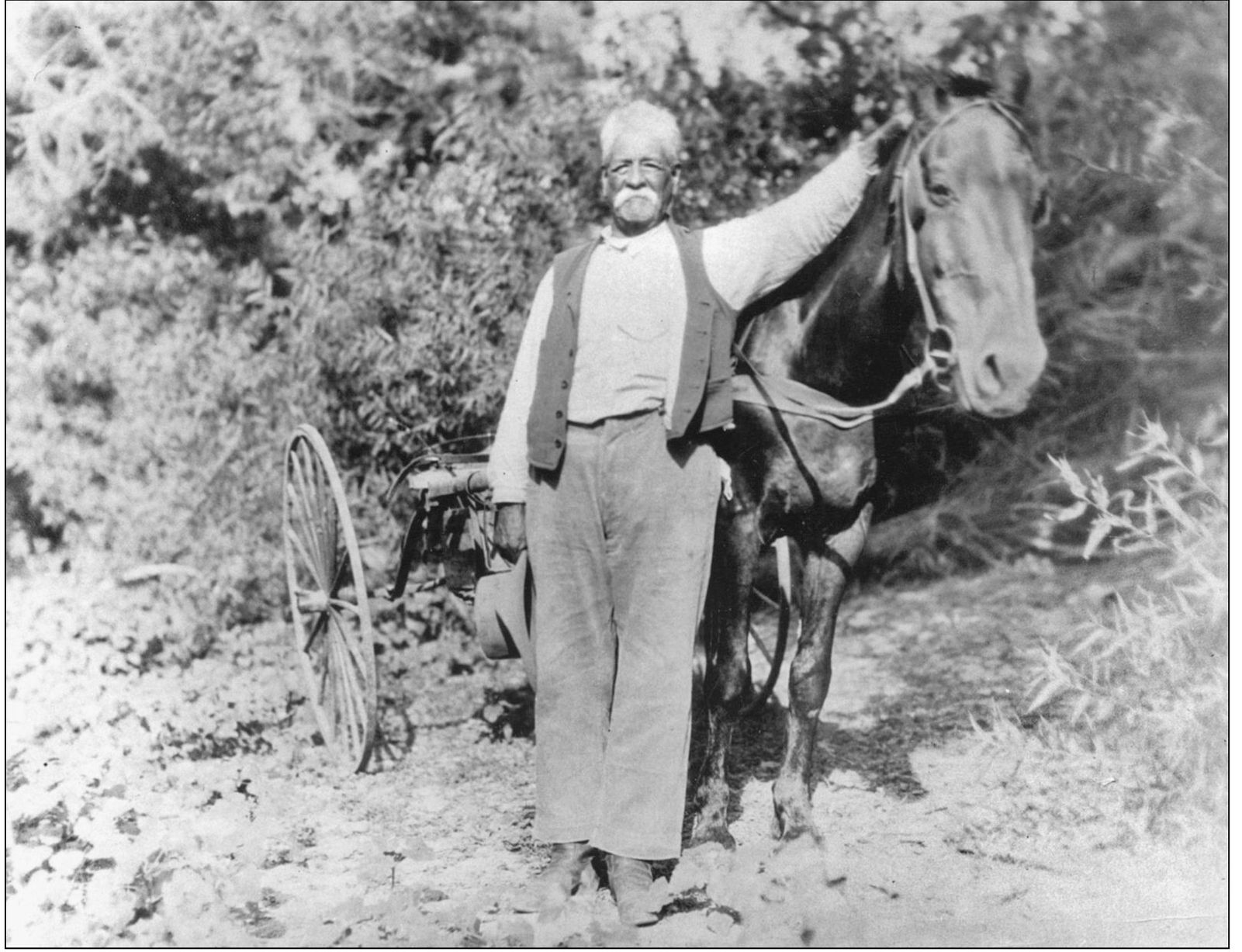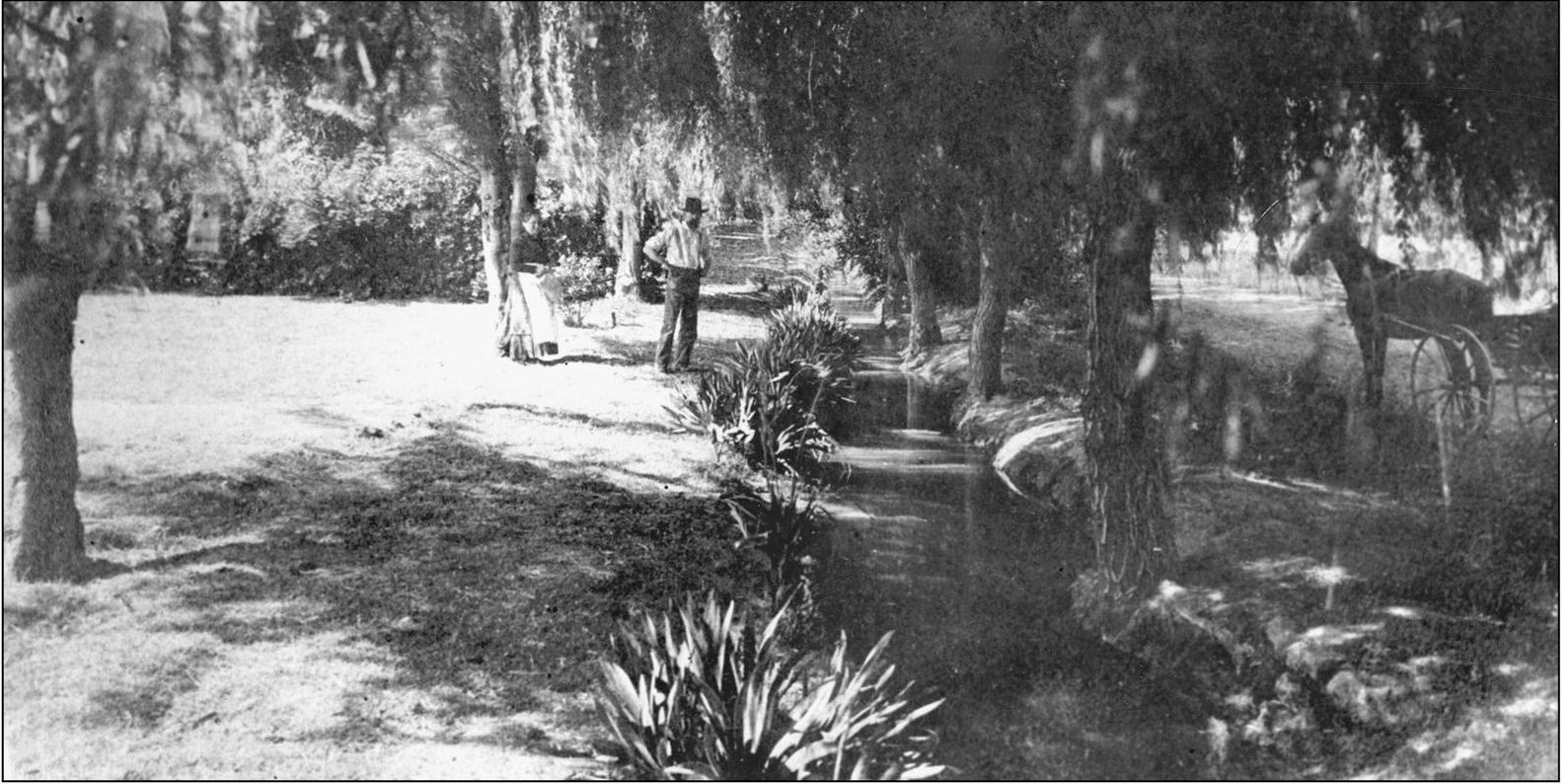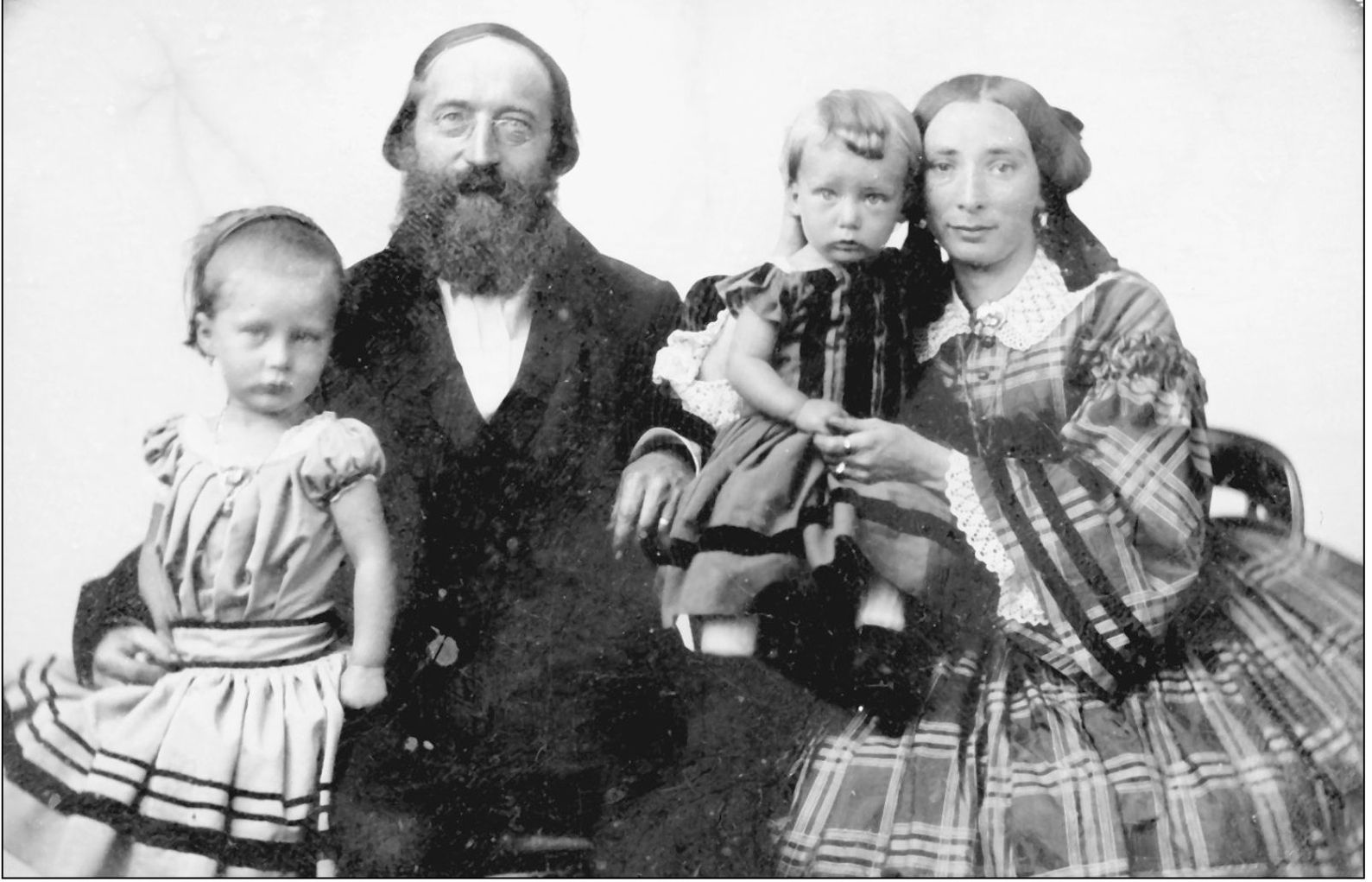Search for your hometown history, your old stomping grounds, and even your favorite sports team.
One
LOS ANGELES VINEYARD SOCIETY THE PIONEERS
In 1857, Juan Pacifico Ontiveros and his wife, Maria Martina Osuna, sold the Los Angeles Vineyard Societys pioneers of Anaheim 1,165 acres of their 35,970-acre Rancho San Juan Cajon de Santa Ana for $2 per acre. Ontiveros later reported, The land was poor, it would not support a single goat. Soon after the sale, Juan Pacifico and Maria moved to Santa Barbara County, where they had purchased a part of the Tepusquet Rancho.
Petra Ontiveros Langenberger was the daughter of Juan Pacifico Ontiveros and Maria Martina Osuna and the first wife of August Langenberger, Anaheims first merchant. August was born in Germany in 1824 and arrived in what later became Orange County in 1856 and established a home close to his fatherin-law, Juan Pacifico Ontiveros. Petra died in Anaheim on September 7, 1867, and is the second recorded burial in the Anaheim Cemetery, the first being the infant son of August and Petra.
John Frhling, a professional musician and native of Arnsberg, Prussia, arrived in California in 1853. In 1854, Frhling and a fellow musician friend, Charles Kohler, started a modest wine business in San Francisco and followed that acquisition a year later with the purchase of a 20-acre vineyard in Los Angeles. Frhling and Kohlers expanding wine business required a more substantial and reliable source of supplies that eventually resulted in the incorporation of the Los Angeles Vineyard Society and later create the town of Anaheim. (Photograph courtesy of James J. Friis.)
This hand-drawn map shows the Rancho San Juan Cajon de Santa Ana and its relationship to the Santa Ana River (to the southeast) and El Camino Real (The Kings Highway), which connected the California missions. Surveyor George Hansen knew that the proximity to the Santa Ana River and the quality of the soil would assure the success of the Vineyard Societys new enterprise. Hansen used the local topography to his advantage, orienting the town so the main water canal could irrigate the future grapevines. This gave Anaheim its curious tilt to the southwest, in relation to the rest of the county.
This is a 1930 view of Anaheims first permanent home, today called the Mother Colony House. George Hansen built it in 1857. It was dedicated as a museum on March 14, 1929, making it Orange Countys oldest museum. The Daughters of the American Revolution donated the house to the City of Anaheim in 1954. Today, relocated from its original location on North Los Angeles Street (todays Anaheim Boulevard), it rests on a lot donated to the city by Marie Horstmann Dwyer, whose pioneer parents purchased the land in 1860.
By 1880, Anaheim was the second largest community in Los Angeles County. This 1876 lithographed birds-eye view of Anaheim shows a number of its vineyards, early public buildings, and churches, all in the shadow of the mountains.
Maintaining the irrigation system that carried the waters from the Santa Ana River, five miles distant, was most important to early Anaheim colonists. The irregular flows of the river and the distance involved required a large amount of effort to get the water to the vineyards. This 1890s photograph shows Rafael Navarro and his horse Tom. For 60 years, Rafael worked as a zanjero , regulating the water in the zanjas, or ditches, for the Anaheim Union Water Company.
Anaheim, located on a dry alluvial plain, required a series of ditches, flumes, and canals totaling over 15 miles to carry the waters of the Santa Ana River to the newly planted mission grapevines. This 1880 view shows one of the main water ditches flanked by willow trees on Placentia Avenue (todays State College Avenue). Local rancher Richard H. Gilman and his wife, Helen, are pictured with their horse-drawn carriage enjoying this tranquil scene.
This formal photograph shows San Francisco resident John Fischer and his family before they left for their new home of Anaheim in November 1859. Fischer was the vice president of the Los Angeles Vineyard Society when it was formed in 1857 and was an original Anaheim colonist. His wife, Julia, seated with their daughter Amelia and son Frederic, was the sister of another Anaheim pioneer, John Hartung. John Fischer was very active in early Anaheim civic affairs, acting as Anaheims first postmaster from 1861 through 1868. He was elected mayor in 1876 and ran Anaheims Planters Hotel from 1865 through 1882.

